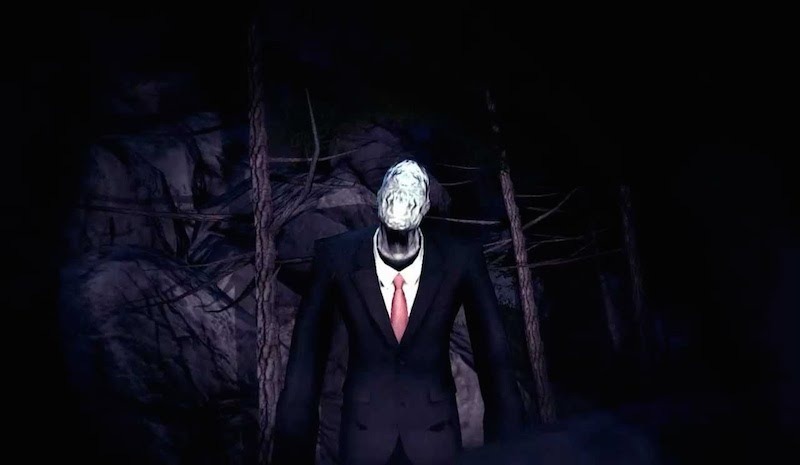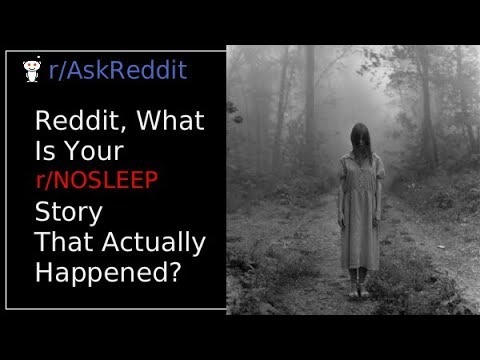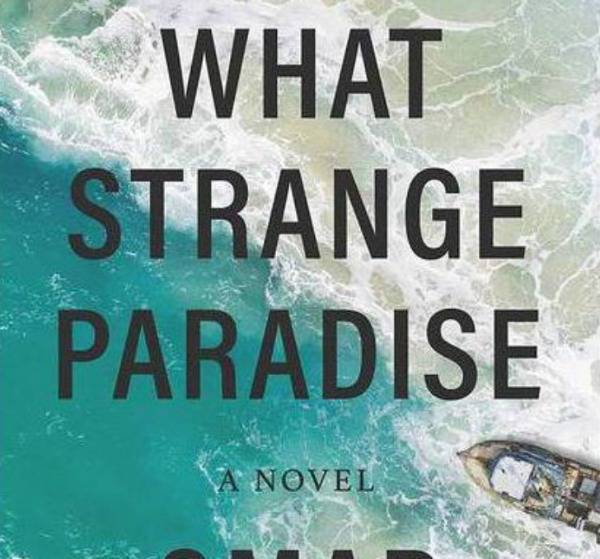
Dr Vivian Asimov is an anthropologist and an expert in online mythology. She is a co-founder of alt-ac.uk and hosts the podcast 'God Mode'. Her new book Digital Monsters is published by Clink Street Publishing.
Your book explores the origins and nature of digital monsters: creatures created online and disseminated through various forms of technology. What drew you to this subject?
As an anthropologist, I see monsters as cultural artefacts. Digital monsters are our contemporary myths, folklore and legends, and these stories tell us about how the online world feels, thinks, and acts.
One famous example is the Slender Man, a monster that seems to have been created in 2009 by the Something Awful online community. Can you describe the Slender Man and the impulses behind creating him?
The Slender Man is a supernatural creature who, at first, appears to be a tall man wearing a suit. However, further interaction with him causes things to change – and a growing sense of unease and inhumanity increases. He’s known for making children disappear – mimicking the kinds of activities of the fairies of old – and of causing great and violent deaths to adults who stumble across his path.
The impulse for creating him is the same as the impulse of creating Frankenstein, or Dracula: the fun of the story. Individuals are massively creative, and when they gather together to write a narrative together even greater joy and creativity can be found.

But some of these digital monsters have had very different effects in real life, as in the Wisconsin stabbings in 2014, when two twelve-year-old girls stabbed a friend, claiming that the Slender Man forced them to do it. Aren't the creators partly to blame for encouraging violence in the real world?
So let’s think about a different kind of monster, from the physical world: Ted Bundy. Ted Bundy killed many people. We calm ourselves by thinking that he’s an outlier – he’s not what’s normal, and now that we got the monster it’ll all go away now. Except it doesn’t. We have more serial killers, rape crimes are still high and also frequently go unprosecuted.
When the perpetrator is a child, we have a harder time putting blame on the perpetrator, because they’re a child. What the child perpetrator reveals to us is that there’s more to blame than just the perpetrator. Those children would have stabbed their friend if the Slender Man didn’t exist. If it had been in the name of the Jersey Devil, would people be saying that scary stories told around the campfires are to blame for the stabbing? Or people who have fun swapping tales of urban legends? Maybe – but most likely not. So why is the internet a different case?
But the internet seems to help ideas and images 'gain a life of their own.' For example, the Momo Challenge, in which a user named Momo was thought to entice children into self-harming or committing suicide. Despite widespread panic, Momo turned out to be an urban legend. You discuss this phenomenon in the book, and relate it to the idea of the Tulpa.
The idea of the Tulpa was adapted by the Theosophy religion from a concept within Buddhism. The idea is that a being can come into physical manifestation through the sheer power of thought. When it comes to the Slender Man, the idea of him being a Tulpa was considered far before the stabbings – it was even brought up on the forum that started him back in 2009. The original connection of Tulpa to the Slender Man was due to the nature of his creation. Here was a story that was only coming into being through the stories of individual creators, whose name was anonymous, and whose contributions became faded into the full mythology. Thus, a creature was being born who, in many ways, was growing and feeding off contributions and the power of thought. It was a story mechanism, not a call to action. Many media outlets misunderstood this when the stabbings occurred, twisting the ideas of the authors to make the community look more monstrous than they were.
As for the internet, there are fears about what’s possible online – some justified and some not. As I explore in detail in my book, many people see the digital space as monstrous in itself.
At times, the horror seems to be related to digital forms of communication. I'm thinking of smile.jpg, an image of a Siberian Husky with a strangely human smile, which is sent through email forwarding, and is said to send anyone who views it insane.
The horror definitely relates to the form of communication. The stories always build on pre-existing fears, but in different forms and different aspects. Email forwarding chains aren’t as present
anymore, but at the time of the smile.jpg story they were still very common. And frequently, these chains carried with them malicious malware, or scams. In many ways, the email forwardable was already a bit monstrous – the writers just built on this to create a more fun narrative that feeds into the already present suspicion.

The popularity and power of digital monsters relies in part on "belief play", an activity common in horror and in the digital world. Can you explain what belief play is?
Belief play is not just present in horror and the digital world – its present in fiction and popular culture in its many forms. In the book, I talk about how I feel the belief play when I read the Dresden Files. We play with our own belief when we engage with fiction. A lot of people refer to the act of getting into fiction as “suspension of disbelief”, but that implies that we begin reading, watching or playing with our minds already outside it. But that’s not how it works. Our natural inclination is to readily believe. We constantly play with our own beliefs because beliefs are not as firmly set as we typically like to think they are.
When I go to horror storytelling places online, I am not looking to remove my constant state of disbelief, I go with an as-if attitude already in place. I play as-if the monster is real. Writers present their work to encourage this form of belief engagement. Instead of writing "I like your story, can you write another?", I would instead write "Oh my god, this is crazy. Give us updates!"
Why is the subreddit No Sleep so popular these days?
No Sleep is popular for many reasons. One is that it's a natural way for people to communicate their narratives. It’s also the safest place for horror writers online to find themselves – No Sleep doesn’t get the same level of blame as, say, the creators of the Slender Man did on a different forum. It's safer because it has the protection of a firm grounding of “fiction”.
Finally, will we continue to witness the creation of new and terrible digital monsters?
We will continue to see monsters rise and fall, because wherever there are people there are monsters. We create them all the time – they’ve existed with us for as long as we’ve told stories. So as long as we continue to tell stories, they’ll be there.

